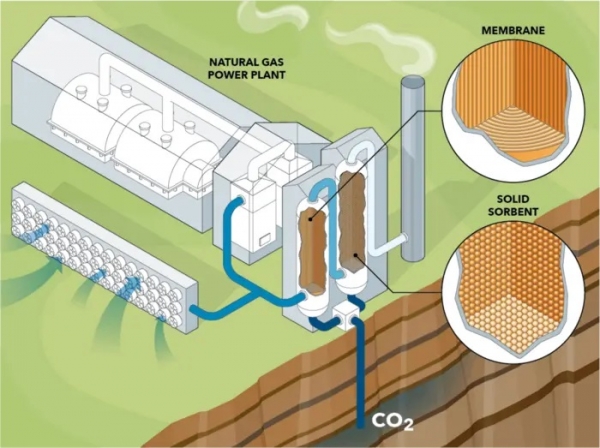Steel and cement are two materials that no society can do without.
articles
Turning the Problem into the Solution
Natural gas is one of the largest contributors to the world’s energy and a viable fuel for many different uses.
Less Asphalt Gives Stronger Trees in Urban Areas
Trees planted in urban areas can provide shade and contribute to a lower air temperature.
Climate Change Will Increase Wildfire Risk and Lengthen Fire Seasons, Study Confirms
Wildfires are some of the most destructive natural disasters in the country, threatening lives, destroying homes and infrastructure, and creating air pollution.
Geoscientists Map Changes in Atmospheric CO2 Over Past 66 Million Years
Today atmospheric carbon dioxide is at its highest level in at least several million years thanks to widespread combustion of fossil fuels by humans over the past couple centuries.
Coral Reefs in Peril From Record-Breaking Ocean Heat
Record breaking marine heatwaves will cause devastating mass coral bleaching worldwide in the next few years, according to a University of Queensland coral reef scientist.








